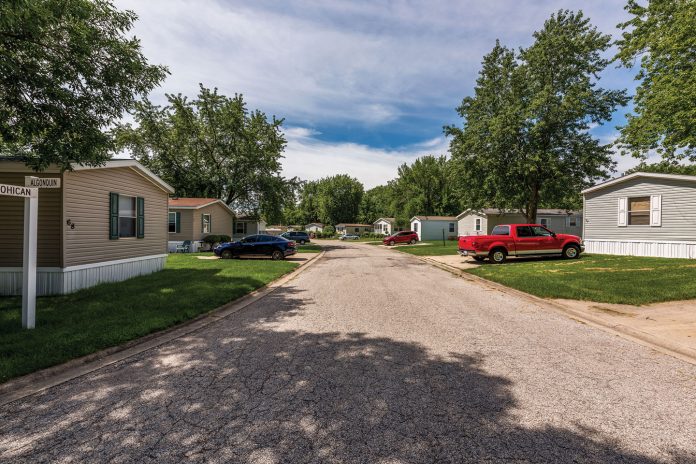Rent and Vacancy Control in the California Market
Rent control for manufactured home communities (MHCs) can be substantially different than it is for apartments and other forms of housing. In California, we have 40 years of experience with manufactured home community-specific rent control.
Although rent control for other types of housing is strictly limited by California law, the state preemption has never applied to MHCs. Without those limits, every California city and county has been free for decades to enact its own form of MHC rent control, or not. This has resulted in dozens of variations and combinations of a few key tools that are used by local governments to set MHC space rents. What has resulted can provide forewarning to other parts of the country, and can be used to navigate rent control proposals that may be impending in your locale.
This article will be the first in a series that will explain the most common elements of manufactured home community rent control systems. If rent control has not yet come but is being debated in your area, understanding the possible components and their operation can help you learn the most important issues to address when advocating for yourself and other MHC owners. If you are considering whether to invest in a rent-controlled community, knowing what is and what is not possible when trying to increase rents will give you your best evaluation of its potential value. And if you already own a rent-controlled MHC, you may learn that your rents could be higher.
The Details on Vacancy Control
One of the most onerous elements in MHC rent control is vacancy control. With full vacancy control, the rent for a space cannot be increased when a resident sells their home to a new resident — the rent for all spaces remains fixed except for annual, uniform adjustments. Vacancy control is probably the worst potential component of rent control, effectively preventing any space rent from ever catching up to the market. Over time, it can result in community rents at half of market value or less.
Vacancy control also creates a dangerous entitlement that, once granted to residents, becomes nearly impossible to take away. Because of the guaranteed low rent and restrictions on future increases for the space, the selling homeowner can command a premium for their home, effectively capitalizing the future rent savings for the new homeowner into the price of the home.
Vacancy Control Transfers Property Value to Homeowner
In California, a 40-year-old home in poor condition can sell for $200,000 or more because the rent for the space is extremely low. Yet, the value of the MHC to its owner is drastically suppressed because of the below-market restrictions on rent.
Vacancy control provisions effectively transfer the value of the manufactured home community from the landowner to the homeowner. And once the transfer begins, homeowners will complain that any reduction in rent control will reduce their “equity” in the home they (over)paid for.
Vacancy control can take forms less than “total”. In some jurisdictions with “partial” vacancy control, rent can be raised a small fixed percentage upon a vacancy, usually 10 percent. This can make a significant difference over time. Others will allow the rent to be raised upon a vacancy to a fixed reference point, such as the highest comparable space in the community. Those systems leave more room for strategizing, but also can drag on rents.
Vacancy control cannot be rationalized by the typical justification given for MHC-specific rent control. The “captive audience unable to move their home” explanation usually given for MHC-specific rent control does not explain why a community owner should not be permitted to increase the space’s rent to market when the home is sold to a new resident.
Full vacancy control is typical in most California MHC rent control jurisdictions, and it is the most pernicious. If rent control is being debated in your community’s jurisdiction, vacancy control is probably the most important component to fight. If the community you own or are considering buying is under vacancy control, understanding the remaining components of the rent control system becomes critical.
Stay Tuned for More Perspective on Rent Control
The next articles in this series will explain other aspects of MHC rent control systems. They will also demonstrate how, when the rules are fully understood, you can use the system to maximum advantage.










